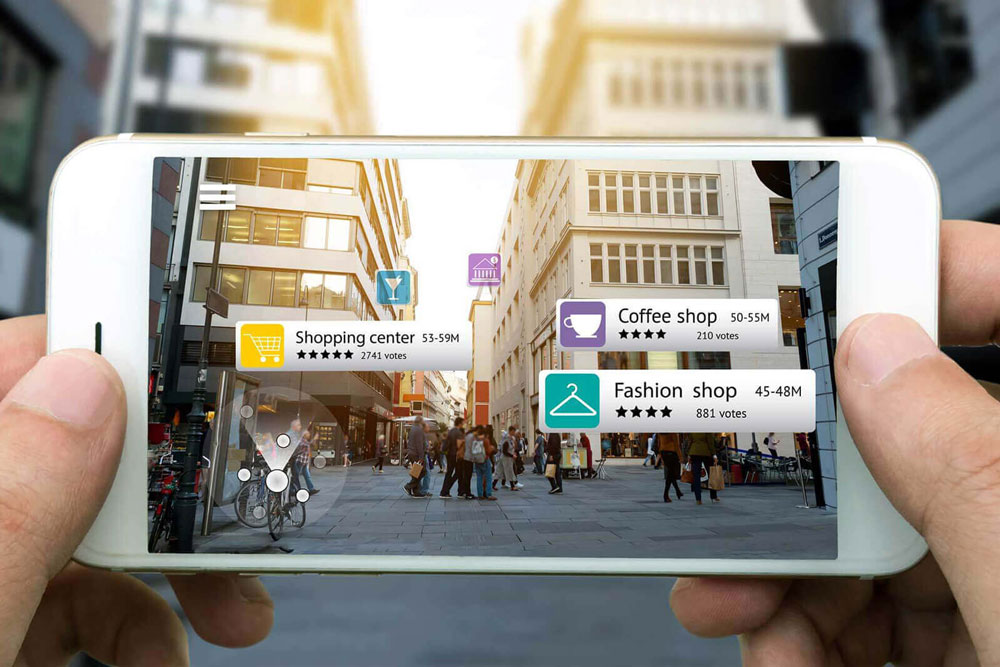Augmented Reality (AR)

Augmented Reality (AR) i.e. enhancing and ameliorating reality by harnessing the strength and creativity of technology. Addition of digital data - image, audio and video to the existing environment. Global positioning system, gesture recognition, 3D gaming programs are few applications that AR leverage to create sophisticated programs. AR encompasses all virtual reality, technology, interactive custom applications within devices of various screen sizes and platforms. Thus, boosting mundane experiences to intuitive ones.
Our augmented reality developers have competitive skills in augmented reality mobile app development, augmented reality software development, augmented reality app development, augmented reality android development, augmented reality game development.
AR can be displayed on various devices: screens, glasses, handheld devices, mobile phones, head-mounted displays. It involves technologies like S.L.A.M. (simultaneous localization and mapping), depth tracking (briefly, a sensor data calculating the distance to the objects), and the following components:
Cameras and sensors
Collecting data about user’s interactions and sending it for processing. Cameras on devices are scanning the surroundings and with this info, a device locates physical objects and generates 3D models. It may be special duty cameras, like in Microsoft Hololens, or common smartphone cameras to take pictures/videos.
Processing
AR devices eventually should act like little computers, something modern smartphones already do. In the same manner, they require a CPU, a GPU, flash memory, RAM, Bluetooth/WiFi, a GPS, etc. to be able to measure speed, angle, direction, orientation in space, and so on.
Projection
This refers to a miniature projector on AR headsets, which takes data from sensors and projects digital content (result of processing) onto a surface to view. In fact, the use of projections in AR has not been fully invented yet to use it in commercial products or services.
Reflection
Some AR devices have mirrors to assist human eyes to view virtual images. Some have an “array of small curved mirrors” and some have a double-sided mirror to reflect light to a camera and to a user’s eye. The goal of such reflection paths is to perform a proper image alignment.



